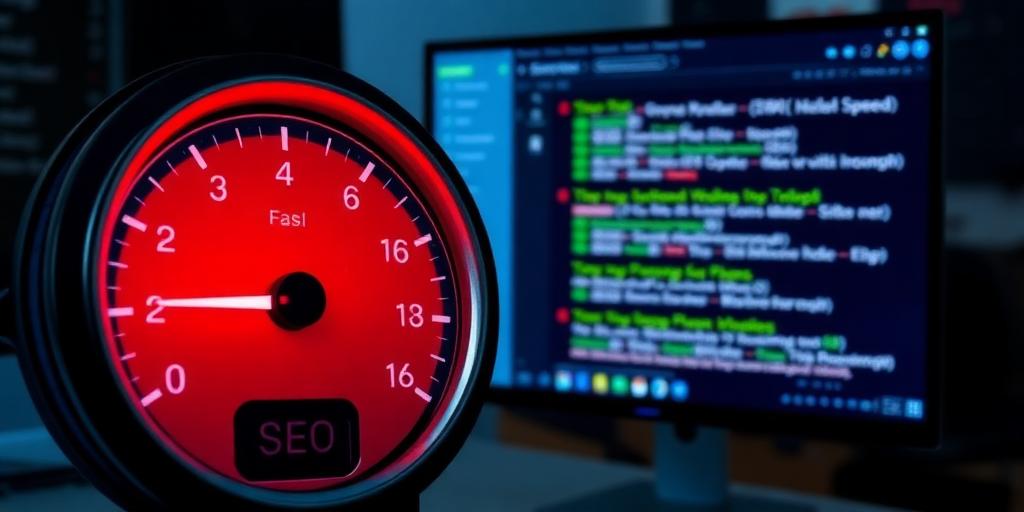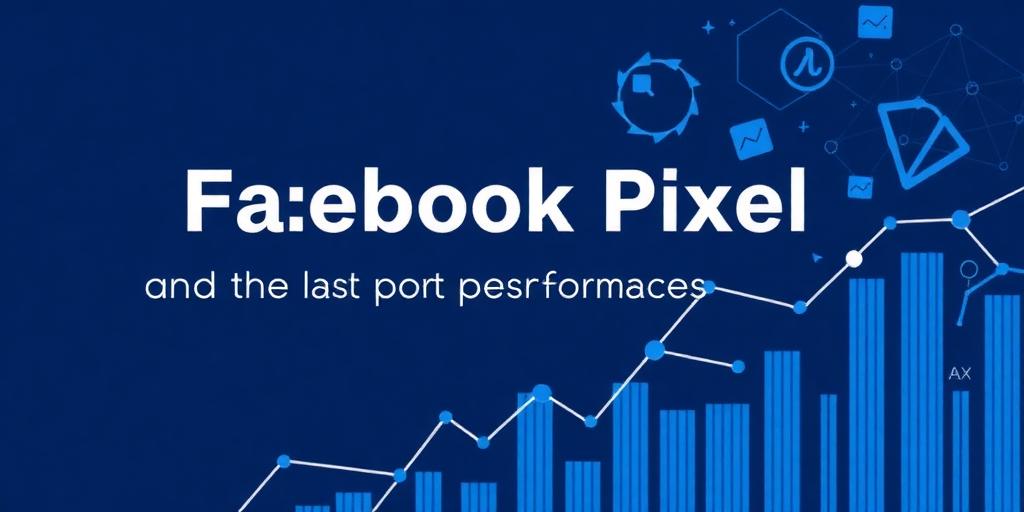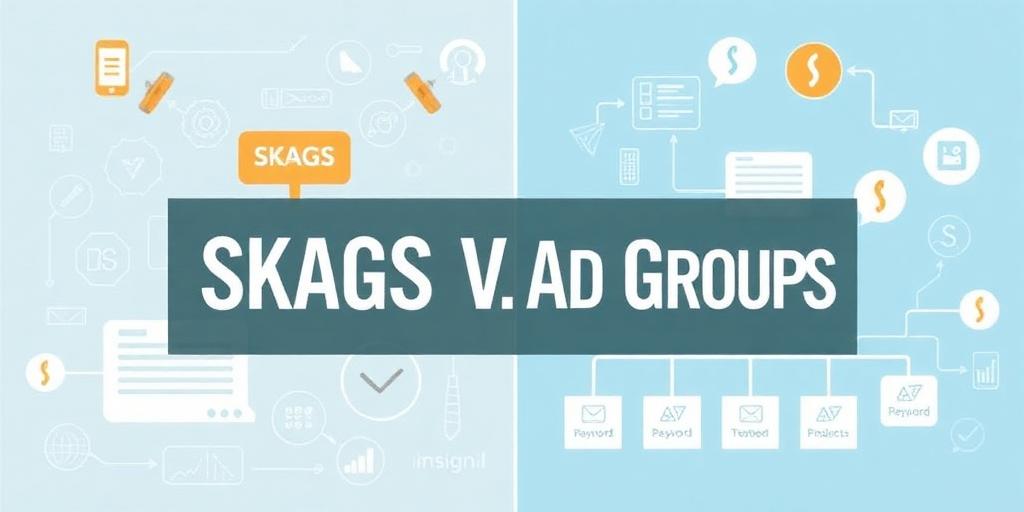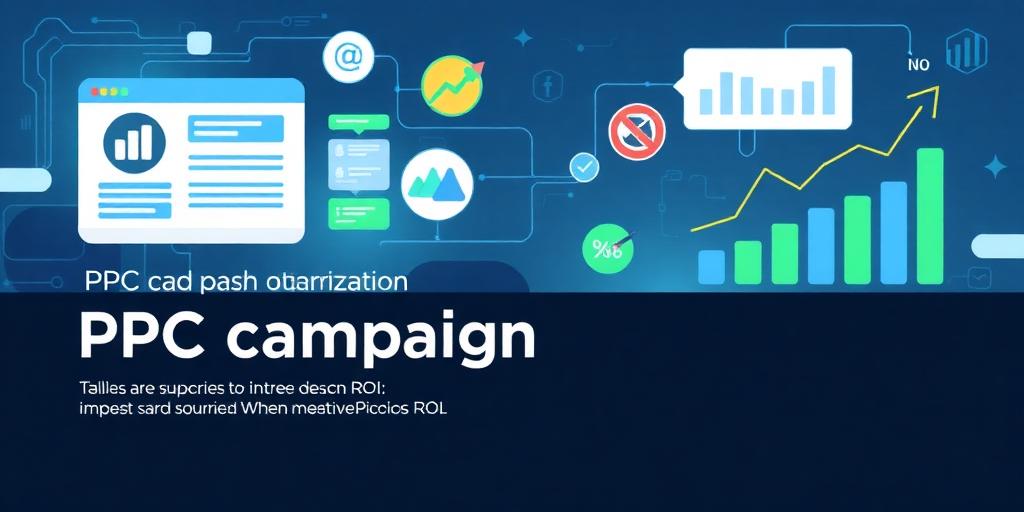The Decisive Impact of Site Speed on SEO Rankings
In the fast-paced digital landscape, a website's loading speed is more than just a matter of user convenience; it's a critical factor influencing Search Engine Optimization (SEO) rankings. Search engines like Google prioritize user experience, and site speed is a cornerstone of that experience. This article delves into how site speed affects SEO and what measures can be taken to optimize it.
Why Site Speed Matters for SEO
1. Direct Ranking Factor: Since 2010, Google has officially recognized site speed as a ranking factor. Pages that load faster are favored in search results, giving them a competitive edge over slower sites.
2. User Experience: Slow-loading sites often lead to higher bounce rates. Users are impatient; they expect pages to load in under three seconds. If a site fails to meet this expectation, visitors are likely to leave, signaling to search engines that the site is not providing a satisfactory experience.
3. Mobile-First Indexing: With the majority of web traffic coming from mobile devices, Google has shifted to mobile-first indexing. This means Google predominantly uses the mobile version of a site for indexing and ranking. Optimizing site speed on mobile is, therefore, crucial.
4. Crawl Budget Optimization: Search engine crawlers have a limited 'crawl budget' for each site. Faster loading speeds allow crawlers to index more pages within the same budget, improving overall site visibility.
Measuring Site Speed
Several tools can help measure and analyze site speed:
- Google PageSpeed Insights: Provides a comprehensive analysis of your site's performance on both desktop and mobile, along with actionable recommendations.
- GTmetrix: Offers detailed insights into page load time, page size, and the number of requests, with suggestions for improvements.
- WebPageTest: Allows you to run advanced tests from multiple locations and browsers, providing a waterfall chart of resource loading.
Strategies to Improve Site Speed
1. Optimize Images: Compress images without sacrificing quality. Use modern image formats like WebP, which provide better compression than JPEG or PNG.
2. Enable Browser Caching: Caching allows browsers to store static assets like images, stylesheets, and scripts, reducing load times on subsequent visits.
3. Minify CSS, JavaScript, and HTML: Remove unnecessary characters from code to reduce file sizes. Tools like UglifyJS and CSSNano can automate this process.
4. Use a Content Delivery Network (CDN): CDNs store copies of your site's content on multiple servers around the world, delivering content to users from the nearest server, reducing latency.
5. Choose a Fast Hosting Provider: Opt for a hosting provider with optimized servers and sufficient resources to handle your site's traffic.
6. Reduce HTTP Requests: Minimize the number of elements on your page, such as images, scripts, and stylesheets, to reduce the number of HTTP requests.
7. Optimize Database Queries: For dynamic sites, optimize database queries to ensure efficient data retrieval.
8. Implement Lazy Loading: Load images and other media only when they are visible in the viewport, reducing initial page load time.
Conclusion
Site speed is a vital component of SEO success. By optimizing site speed, businesses can improve user experience, increase search engine rankings, and ultimately drive more traffic and conversions. Regularly monitoring and addressing site speed issues should be a priority for any website looking to thrive in the competitive online landscape.








